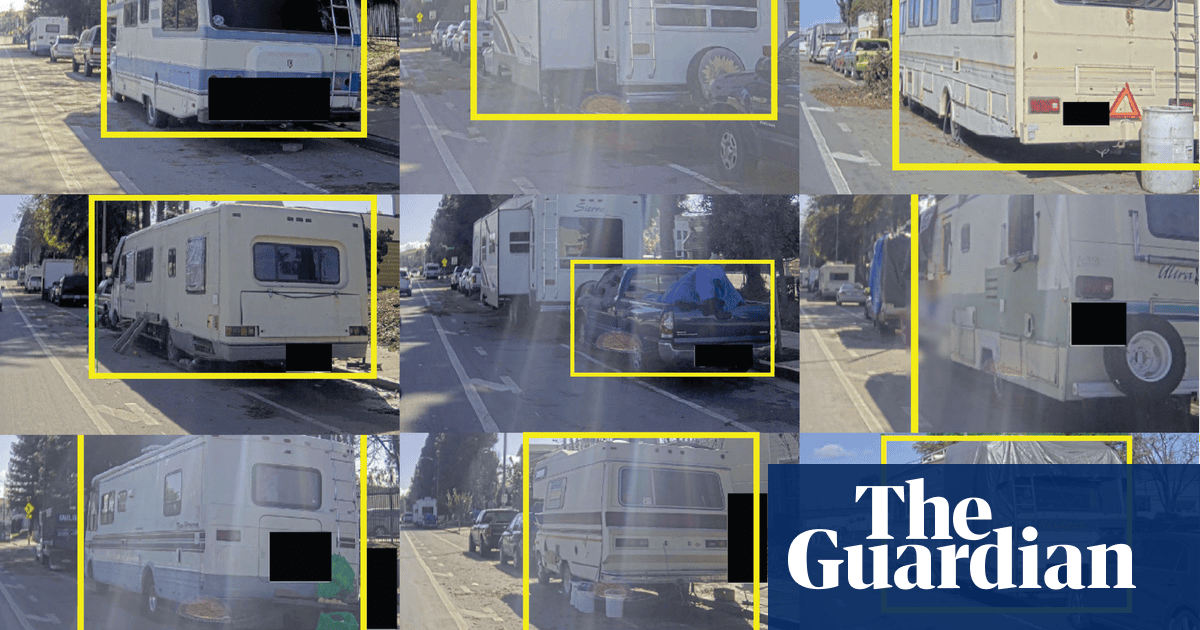Last July, San Jose issued an open invitation to technology companies to mount cameras on a municipal vehicle that began periodically driving through the city’s district 10 in December, collecting footage of the streets and public spaces. The images are fed into computer vision software and used to train the companies’ algorithms to detect the unwanted objects, according to interviews and documents the Guardian obtained through public records requests.



its definitely a problem thats hard to tackle, and each location handles it very differently. there have been situations in some cities where having shelters wasnt prefered because people who polled felt like said locations were unsafe, and others felt like restrictions for spots were to restrictive (e. g first come first served)
fundamentally, i believe its a problem that wont be solved by a person hired to do it because their job disappears the moment it is solved. as long as property is seen as an investment and prices remain high, along with nimby laws that coincide with it, it effectively cant fix itself.
in context of San Jose itself, there have been many years in which the number of vacant households out number the number of homeless. thats fundamentally a problem of people who owns homes and choosing not to rent them out for various reasons.(some reasonable, others not). it effectively inflates home prices in the city which doesnt need to exist unless the government decides to do something about it, and that would require. stepping on the feet of home owners, so its ultimately a tug a war between them and the government till something gets done.